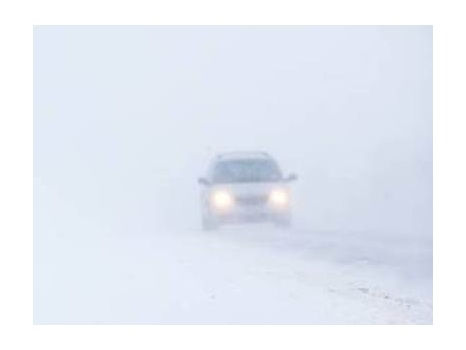Could Radio Be Overthrowing Newspapers & TV As The King Of Local?
- Inside Audio Marketing

- Jan 24, 2024
- 3 min read

That’s the provocative question posed by Gordon Borrell and Corey Elliott in Borrell Associates’ latest Local Marketing Trends Podcast, which features an interview with Erica Farber, the outbound President & CEO of The Radio Advertising Bureau.
Borrell cites several reasons why radio remains resilient while newspapers have been in decline since the mid-2000s, hit hard as more and more Americans consume news digitally. Radio awakened to the internet, and it has the largest sales force of any local media channel.
As the last local media impacted by the web, radio learned valuable lessons from observing how newspapers, TV and the Yellow Pages were affected by the digital revolution, Elliott added. “They had the ability to adapt before it really impacted them,” he said.
In February Borrell and the RAB will issue their annual digital revenue benchmarking report, which will show that radio industry revenue (including digital) has been increasing since 2020. “There's visual proof that they have turned a corner,” Borrell said. Added Elliott, “In 2024, one out of every five radio dollars is going to be something digital.” Now, some radio stations have launched hyperlocal websites to help fill the void created by news deserts around the country.
Based on Borrell’s local advertiser survey, “the more savvy a local advertiser/marketer is, the more likely they are to buy radio,” Elliott noted.
During the Q&A portion of the podcast, Farber reflected on 12 years of leading the RAB and said its biggest accomplishment during her tenure has been super-serving its membership. “You know that old adage, ‘The customer's always right?’ Well, the customer isn't necessarily always right,” Farber said. “But it's important that you hear what the customer believes she or he needs. And by listening to our membership, it has helped us serve them better, create more meaningful products, and provide more meaningful data that helps them do their job better.”
While Borrell made a case for the RAB opening its doors to audio companies outside of broadcast radio, Farber dismissed that notion, pointing to the difference in needs between radio broadcasters and pureplay streamers. “The tools that they need to do their job are very different than the tools a local broadcaster needs,” she said. “We are 100% focused today on those that actually have a transmitter and in the near future, I believe that the organization strategically will continue to focus on those members and the services that help them.”
Asked what a typical radio station might look like 10 years from now, Farber said one thing that won’t change is the importance of being local. “I think the more that broadcasters can focus in on their local community, that is key. And there should be no question when you're listening to a local radio station what city you're in, and that you know what you're listening to.” However she predicted that broadcasters will find new ways to monetize their content so stations aren’t running the lengthy spot breaks they’re saddled with today. And with the U.S. population continuing to become more diverse, Farber expects that diversity will be reflected in the programming radio offers.
With Mike Hulvey set to take over as President and CEO of the radio advocacy and sales training organization on April 30, Farber said the Neuhoff Media CEO brings a different background and skillsets to the RAB but they both share the same passion. “He loves this business as much as I do. He's passionate about it. He understands the importance of what it is to be a strong local broadcaster,” Farber said. “He also understands the importance of maintaining a great group of people around him, and allowing them to do their job as best as they can. Our job is to help set the strategy, keep it moving, but get out of the way and let people do their jobs.”




I think this has happened in many areas already from a reach standpoint and certainly with frequency. Radio's problem is translating it into revenue. We all remember how much market revenue was controlled by TV and print. Where are those huge dollars today? The news on radio has been pretty solid for 25 years but radio's leadership has prevented the media from realizing its growing dominant role.